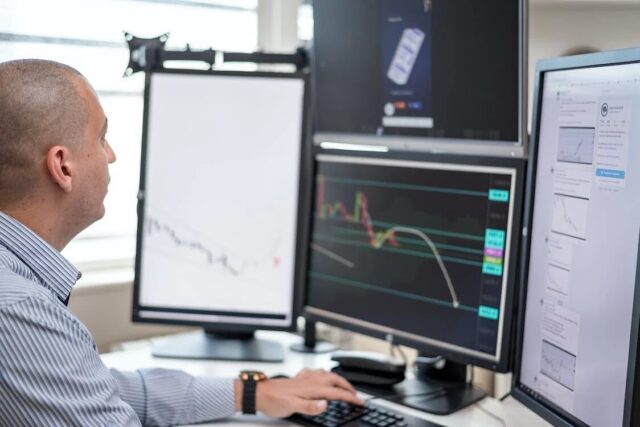
To succeed in the fast-paced world of finance, having a high-performing trading computer is crucial for gaining a competitive edge.
In the fast-paced world of finance, a high-performing trading computer is essential for traders looking to gain an edge. Today’s trading environment, especially in algorithm trading, demands more processing power, speed, and reliability than ever before.
This guide delves into the essential components and strategies for setting up a trading computer that not only meets but surpasses these requirements, equipping you with the tools and knowledge to stay ahead in the competitive trading arena.
The Essentials of a High-Performing Trading Computer
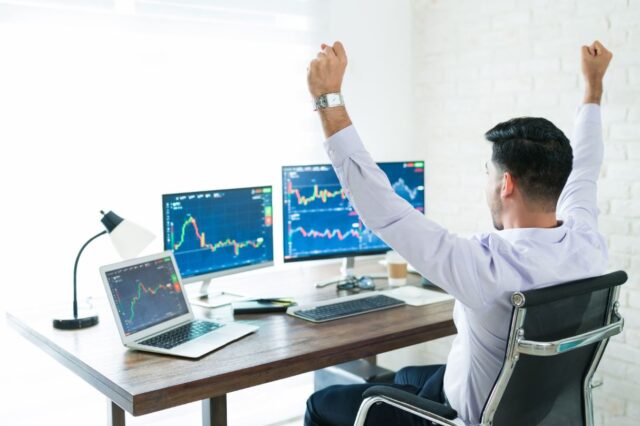
A high-performing trading computer is the cornerstone of effective trading strategies, especially for those dealing with high-frequency trading. Essential components include a robust processor for handling complex trades, sufficient RAM for multitasking, fast SSDs for quick data access, powerful GPUs for handling multiple monitors, and reliable, high-speed internet for uninterrupted connectivity. These elements combined ensure that your trading computer is not just a tool, but a powerful ally in the world of trading.
Processor (CPU): The Heart of Trading Computers
The CPU is the powerhouse of a trading computer, handling real-time market analysis and trade execution. A top-tier CPU like Intel’s i9 or AMD’s Ryzen series can significantly enhance trading performance, offering the speed and efficiency required for complex trading algorithms. Balancing high performance with energy efficiency ensures your trading computer can handle intensive tasks without overheating or excessive power consumption.
Memory and Storage: Speed and Capacity
RAM is crucial in a trading computer, as it determines how efficiently you can run multiple trading applications and analyze large datasets simultaneously. Opt for high-speed, low-latency RAM to ensure seamless operation. In terms of storage, SSDs are preferred for their rapid data retrieval capabilities, essential for accessing trading data and software quickly, while HDDs can be used for long-term data storage due to their larger capacity and lower cost.
Graphics and Visuals: Setting Up Multiple Monitors
A powerful GPU is essential in a trading computer for managing multiple monitors, a common requirement for traders who need to monitor various data streams and news channels concurrently. High-resolution monitors provide clarity and ample workspace, allowing traders to view detailed charts and graphs without straining their eyes. Properly arranging these monitors in an ergonomic setup can significantly enhance trading efficiency and comfort.
Selecting the Right Trading Software
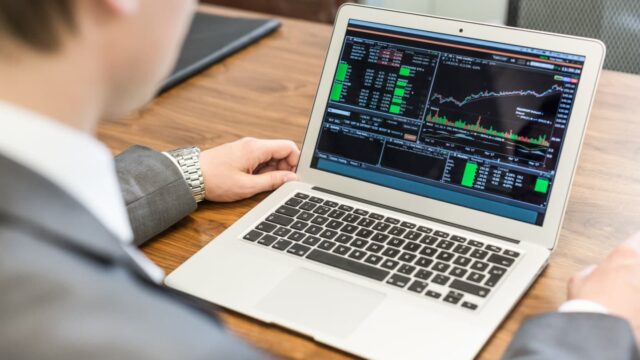
The right trading software can transform your trading computer into a highly efficient trading platform. From advanced trading platforms to analytical and algorithmic software, the choice depends on your trading style and strategies. Compatibility with your hardware is key to ensure smooth operation. Regular updates are crucial for security, new features, and improved performance, keeping your trading system at the forefront of technology.
Internet Connection: The Lifeline of Online Trading
A fast and reliable internet connection is a non-negotiable aspect of a trading computer. It ensures that you stay connected to market changes in real-time, crucial for day trading and algorithmic trading. While wired connections offer stability and speed, wireless options provide flexibility. It’s important to have a backup plan, such as a secondary internet connection, to avoid downtime during critical trading periods.
Building vs. Buying: Custom Trading Computers vs. Prebuilt Options
Building a custom trading computer allows for tailored specifications and scalability, ideal for those with specific trading needs or who wish to upgrade components individually. Prebuilt trading computers offer convenience and reliability, suitable for traders who prefer a ready-to-use solution. Your choice depends on factors like technical knowledge, specific trading requirements, and budget considerations.
Cooling Systems: Protecting Your Investment
Efficient cooling systems are vital for maintaining the performance of a trading computer, especially during long trading sessions that put a heavy load on the system. Air cooling is a popular choice for its simplicity and effectiveness, while liquid cooling offers superior cooling efficiency for high-end systems. Regular cleaning and maintenance of cooling systems are essential to prevent overheating and ensure the longevity of your components.
Enhancing Performance with Regular Maintenance
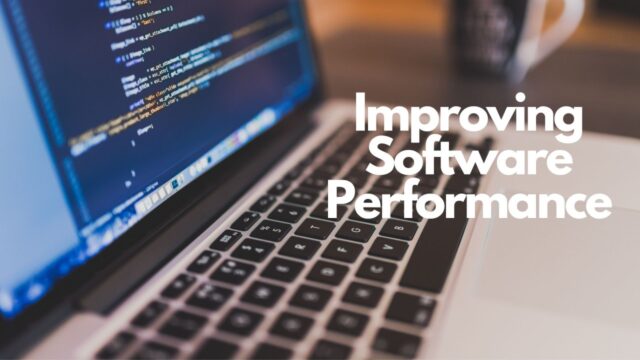
Consistent maintenance is key to sustaining the high performance of a trading computer. This includes cleaning dust from components, updating drivers and software, and checking for hardware wear and tear. Regular maintenance not only prolongs the life of your trading computer but also ensures it runs efficiently, minimizing the risk of crashes or slowdowns during crucial trading operations.
Advanced Features and Customizations
To stay ahead of the curve, consider incorporating advanced features into your trading computer, such as overclocking for enhanced CPU and GPU performance, RAID setups for data redundancy, and SSD caching for faster data access. Customization can range from ergonomic setups to specialized trading keyboards and mice, tailored to individual preferences and trading styles, ensuring maximum efficiency and comfort.
Security Measures for Trading Computers
Security is paramount in a trading computer setup. Implement robust measures like firewalls, antivirus software, and secure network protocols to protect sensitive trading data. Regular security audits, strong password policies, and keeping software up-to-date are essential practices. Considering hardware security, such as biometric locks or encrypted drives, adds an extra layer of protection.
Troubleshooting Common Issues
Familiarize yourself with common issues that might arise with your trading computer, such as hardware malfunctions or software glitches. Learning basic troubleshooting techniques can save time and reduce downtime. However, recognizing when to call in a professional is crucial, as well as having a reliable backup system to mitigate data loss in case of system failure.
The Future of Trading Computers
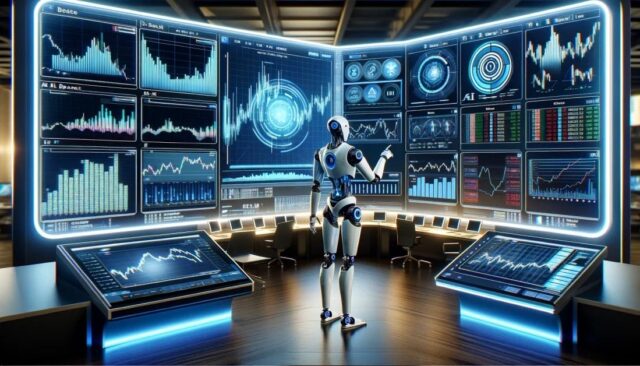
The future of trading computers is shaped by advancements in technology such as faster processors, more sophisticated software, and emerging trends like cloud-based trading and AI-driven analytics. Staying informed about these developments and ready to adapt your setup accordingly is crucial to maintain a competitive edge in the trading world.
Conclusion
A high-performing trading computer is a critical asset for any trader aiming to stay competitive in the ever-evolving financial markets. Balancing investment in top-tier hardware and software with thoughtful maintenance and security practices is key to achieving long-term success. Embrace continuous learning and stay adaptable to technological advancements to ensure your trading computer remains a powerful tool in your trading strategy.









